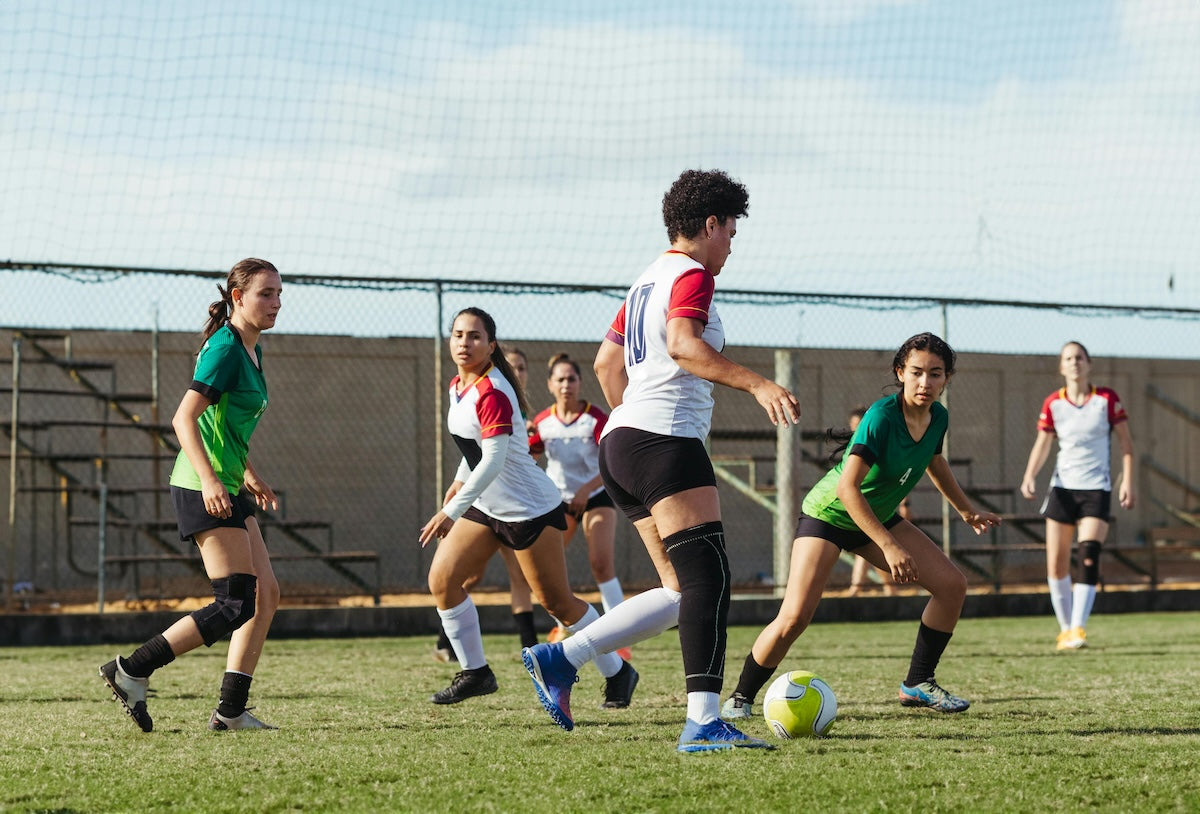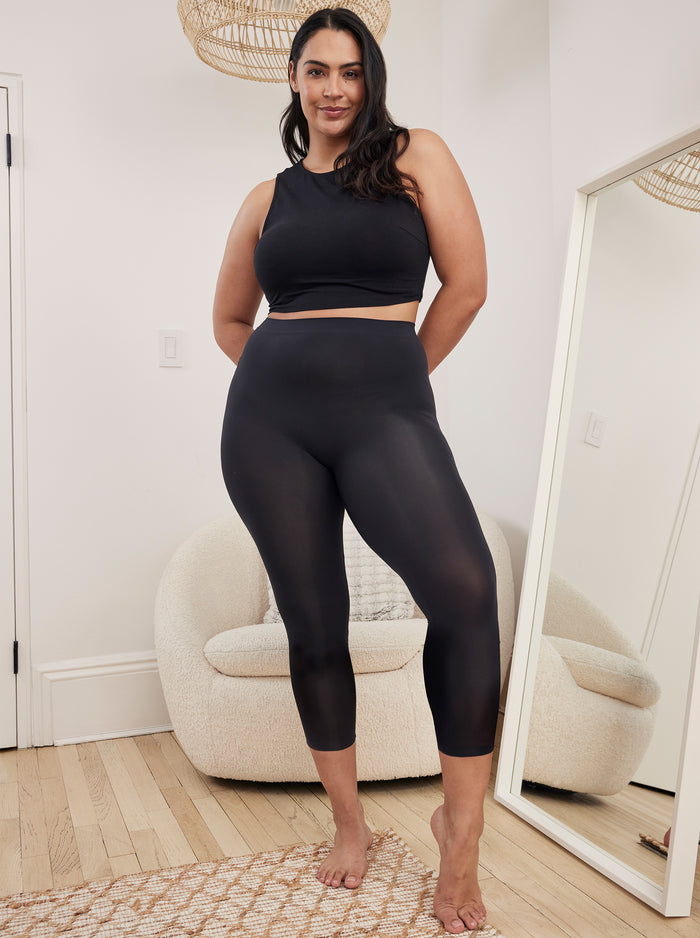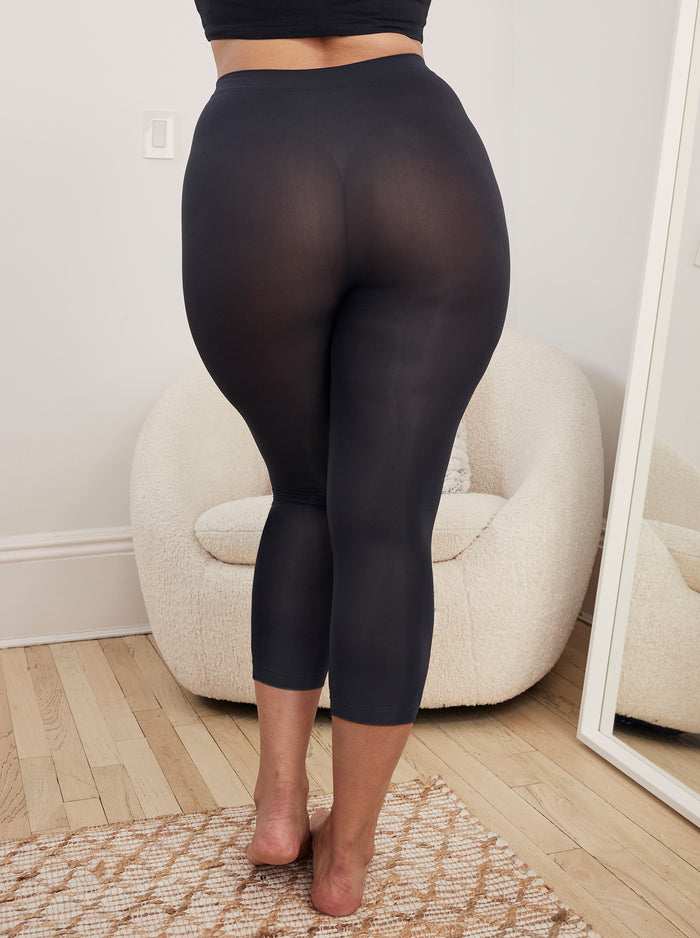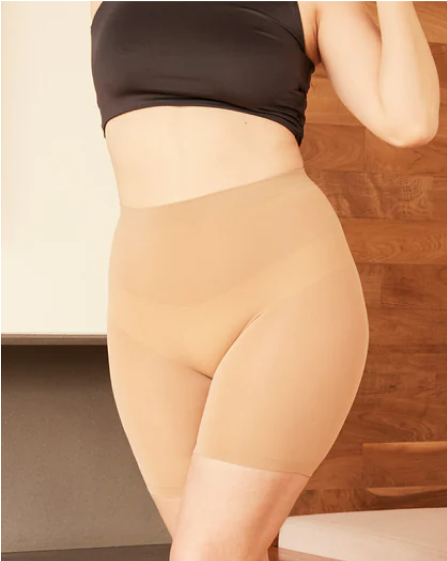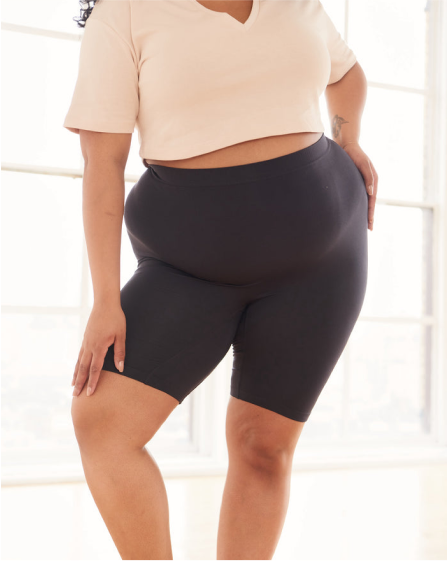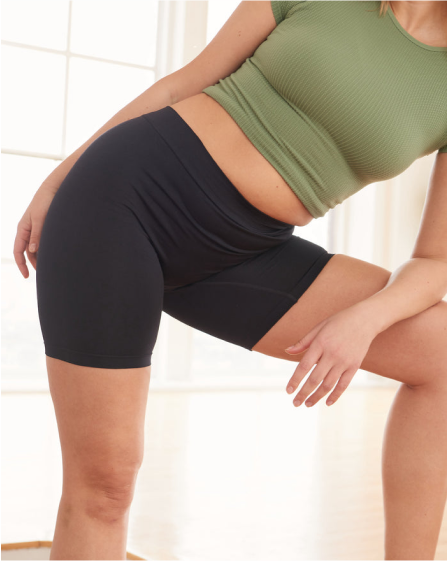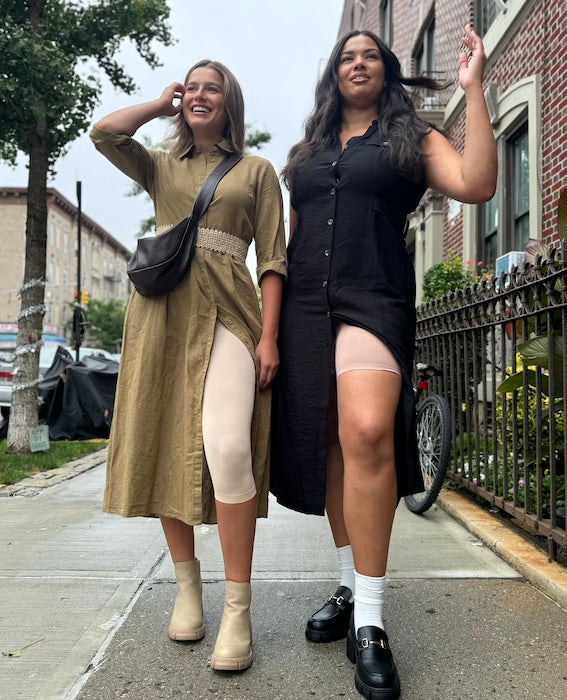Playing on turf is all fun and games — until you get hit with the dreaded turf burn. This painful scrape happens when your skin grates against artificial turf, and it can turn even the best game into an uncomfortable experience if left untreated. Worse, turf burn can lead to infection if ignored. Here’s everything you need to know to prevent, treat and care for turf burns so you stay in the game — pain-free.
What is Turf Burn?
Turf burn occurs when your skin slides or rubs against artificial turf, scraping off a layer of skin and leaving a raw, painful patch behind. As the name suggests, it feels like your skin is on fire. Unlike natural grass, turf’s rough, synthetic surface makes friction injuries like turf burn far more likely especially for athletes in high-contact sports like soccer, football, lacrosse and rugby. These burns can range from mild to severe, depending on how deep the abrasion goes. Knowing how to prevent, treat and care for turf burns can make all the difference in reducing pain and speeding up recovery.

How to Avoid It
1. Protective Clothing
A simple and effective way to prevent turf burn is by wearing protective clothing. Long sleeves and leggings create a barrier between your skin and the turf, while specialized sports gear made from durable, sweat-wicking fabrics can reduce friction without impacting performance.
Our Cooling leggings are an ideal choice for turf burn prevention, offering full leg coverage and a breathable, cooling fabric to keep you comfortable and sweat-free during intense play. These leggings are also anti-chafing, providing an extra layer of protection while you move. Lightweight and sheer, they’re the best paired with athletic shorts for added coverage, so you can focus on the game without worry.
2. Arm and Knee Coverage
Well-fitted gloves and knee pads can go a long way in preventing turf burn. Quality protective gear doesn’t only reduce the risk of scrapes and abrasions, it also protects against other injuries when you’re playing.
3. Proper Form and Technique
Sliding on turf increases the likelihood of turf burn, so learning the proper technique can help minimize contact with the ground. Ask your coach for tips on form and safe techniques during falls, dives or slides.
4. Hydrate Your Skin
Unlike dry skin, hydrated skin is more elastic and less prone to damage. That’s why using a good moisturizer before practice or games can help manage the friction associated with turf burn. Make sure your skin is well-moisturized before you head out to play.
Hot to Treat Turf Burn
Treating turf burn quickly and properly is key to faster healing and preventing infection. Here are some essential steps to follow:
1. Clean the Affected Area
Your first step in treating a turf burn is to clean it with mild soap and warm water. Gently remove any dirt and avoid scrubbing too hard, as this could aggravate the wound further.
2. Disinfect the Area
After cleansing the burn region, apply an antiseptic solution to prevent infection. Over-the-counter options like antiseptic wipes or hydrogen peroxide work well. Let the area air dry after applying the antiseptic.
3. Apply a Healing Ointment
Apply a thin layer of antibiotic ointment like Neosporin to your skin. This keeps the wound moist and creates a protective layer to speed up the healing process.
4. Cover the Turf Burn
It’s important to cover the area with a sterile bandage to protect it from bacteria and further irritation. Change the bandage daily or as needed, particularly if it gets wet or dirty.
5. Monitor Area for Infection
Signs of infection include increased redness, warmth, pus or an unusual amount of pain. If any of these symptoms appear, seek medical attention.
How to Sleep
Sleeping with turf burn can be tricky, especially if the injury is in an area that bears pressure while you sleep. Here are a few tips to stay comfortable and protect your skin overnight:
1. Wear soft, loose-fitting clothing: Choose pajamas made from gentle, non-irritating fabrics like cotton or silk. These materials reduce friction against the wound, making it less likely to cause irritation.
2. Elevate the injury: Propping the affected area on a pillow can help reduce blood flow, which minimizes swelling and throbbing. For example, if the turf burn is on your leg, place a pillow under it to lift it up.
3. Use a soft, non-stick dressing: Cover the wound with a non-stick dressing to keep it protected and prevent it from sticking to bedding or clothes.
4. Consider medication: Taking an over-the-counter pain reliever like ibuprofen before bed can help reduce pain and inflammation, making it easier to fall asleep more comfortably. Remember to always consult your doctor before taking medication.
With these steps, you’ll be better equipped to get the rest you need while your skin heals.
How Long Does Turf Burn Take to Heal
The healing time for turf burn varies based on the depth of the abrasion and how well it’s cared for. Minor turf burns typically start healing within 7 to 10 days, while deeper or more severe burns may take two weeks or longer. To support faster recovery, keep the wound clean, moist and covered, and avoid activities that could worsen the injury. And as tempting as it may be, steer clear of the sport that caused the turf burn until you’ve fully healed!
